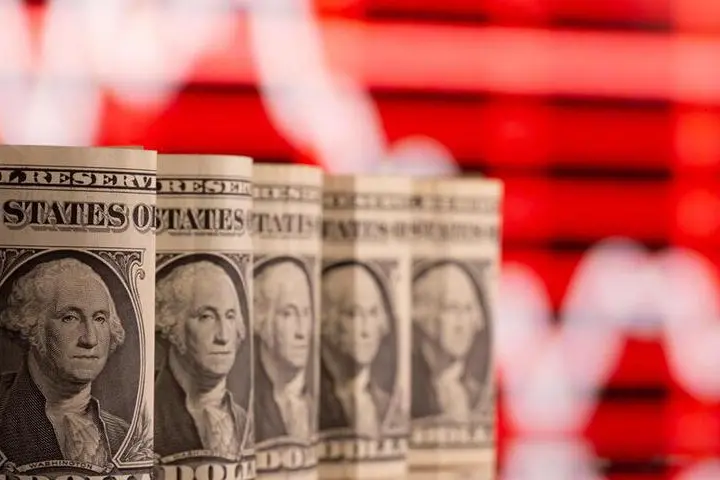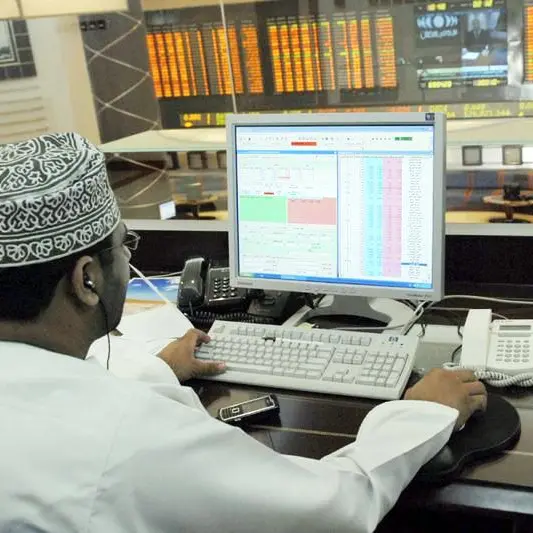PHOTO
LONDON- The dollar fell on Wednesday after U.S. inflation data showed consumer price increases, while still historically high, eased in July, taking some pressure off the Federal Reserve in regard to the timing of tapering its asset purchases used to support the economic recovery.
The consumer price index increased 0.5% last month after climbing 0.9% in June, the Labor Department said. In the 12 months through July, the CPI advanced 5.4%. Excluding the volatile food and energy components, the CPI rose 0.3% after increasing 0.9% in June.
Economists polled by Reuters had forecast overall CPI would rise 0.5% and core CPI 0.4%.
The Fed has said it expects inflationary pressures to moderate over time as supply catches up with demand following months of COVID-19 lockdowns.
The July CPI report tempers concerns that the Fed may begin dialing back its bond buying sooner rather than later, said Edward Moya, senior market analyst at OANDA.
"This Fed is going to be data dependent and it's all going to be all about next month's employment report and if that does not impress, tapering, as far September goes, might even get pushed out towards the end of the year," he said.
The dollar index, which measures the greenback against a basket of other major currencies, was down 0.124% at 92.958, at 10:00 a.m. Eastern time.
Earlier, it hit 93.195, the highest since April 1, and not far off of its 2021 high of 93.439.
The greenback had enjoyed a lift from last week's impressive U.S. jobs data and from remarks by Fed officials about tapering bond purchases and, eventually, raising rates, sooner than policymakers elsewhere.
"The stronger than expected non-farm payrolls report on Friday boosted the dollar across the board as it seemingly helped the Fed move closer to QE (quantitative easing) taper and policy normalisation," said Valentin Marinov, head of G10 FX research at Credit Agricole.
"In addition, the U.S. Senate has passed President Biden's infrastructure package and thus boosted market expectations of growing U.S. Treasury issuance at a time when the Fed is expected to announce their intention to reduce their U.S. Treasury buying."
In Europe, investor sentiment has declined, with a survey showing a third straight month of deterioration in Germany as rising global COVID-19 cases keep markets on edge.
"Investors have to take on board the possibility of news on Fed tapering at a time when COVID is still very apparent in various parts of the world," said Rabobank analyst Jane Foley.
"The consequence of this is likely to be a firmer dollar," she added, especially if the euro breaches its 2021 low.
The euro gained 0.11% against the greenback, to 1.1734, following six straight sessions of losses and having fallen as low as 1.1706 in early deals in Europe, near the year's low of $1.1704.
Sterling gained 0.13% to 1.38555 against the dollar, pulling back from a two-week low.
The yen JPY=EBS was up 0.06% at 110.495, after dropping for five consecutive sessions against the dollar.
South Korea reported a record number of COVID-19 cases on Wednesday, while outbreaks in China, Southeast Asia and Australia grow steadily.
The Australian dollar and the New Zealand dollar, seen as riskier currencies, rose after the U.S. CPI report, last up 0.35% and 0.56% respectively.
(Reporting by John McCrank in New York and Ritvik Carvalho in London; Editing by Kirsten Donovan and Steve Orlofsky) ((john.mccrank@thomsonreuters.com Twitter @jmccrank; 1 646 223-6643; Reuters Messaging: john.mccrank.thomsonreuters.com@reuters.net))






















